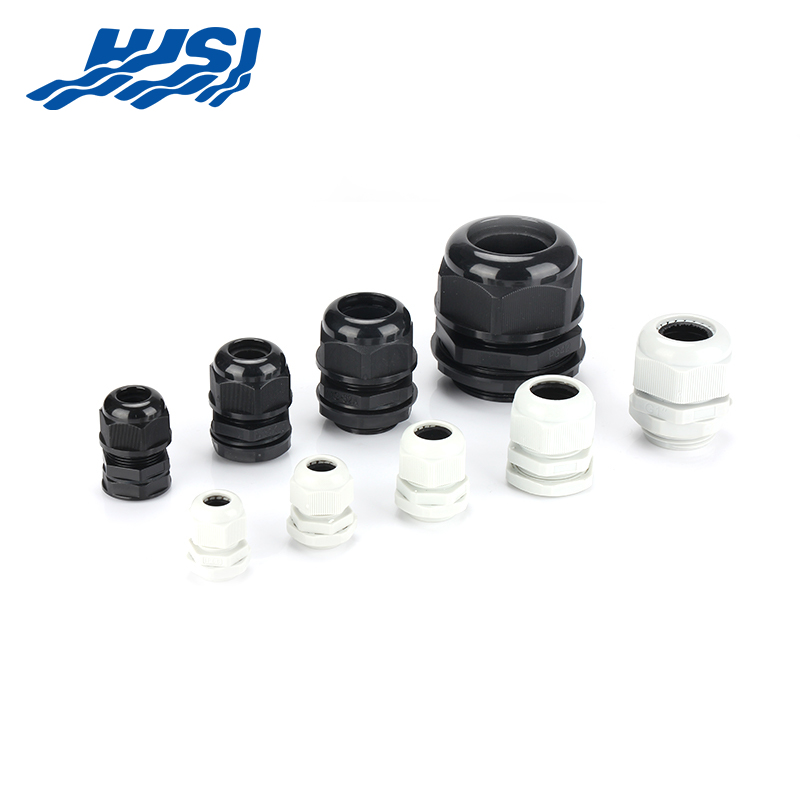One of the key components used in such installations is cable glands, which secure and protect cables where they enter equipment or enclosures. Two common types of cable glands are the double compression brass cable gland and the steel wire armoured (SWA) cable gland. These glands provide secure sealing, strain relief, and protection against environmental factors, ensuring reliable and safe connections for various electrical systems.
A double compression brass cable gland is designed to provide an enhanced level of protection and security for cables. It is made from high-quality brass and features a double compression mechanism, which provides additional sealing and strain relief compared to single compression glands.

The two compression fittings—one on the outer sheath and one on the inner core—ensure that the gland offers a secure connection that prevents cables from being exposed to external elements. This design provides extra protection against ingress of water, dust, and other contaminants, making it ideal for industrial applications and outdoor environments.
Brass, the material used in these glands, is known for its strength, corrosion resistance, and conductivity, which adds to the durability and reliability of the gland. The double compression design also provides good strain relief, reducing the risk of damage to the cables and the electrical system. This makes the gland especially valuable in applications where the cable might be subjected to physical stress, such as in heavy machinery, mining, and marine environments.
Steel wire armoured (SWA) cable glands are specifically designed for use with armoured cables, which are typically used in industrial and hazardous environments. The key feature of SWA cables is their steel wire armour, which provides additional protection against mechanical damage and external forces. The steel wire armoured cable gland complements this by securely holding the armoured cable and ensuring a watertight and airtight seal.
The SWA cable gland is constructed with a mechanism that grips the steel armour and compresses it against the body of the gland, providing strain relief and enhancing the integrity of the cable. This type of gland is ideal for installations where the cables are exposed to potentially harsh conditions, such as areas with heavy machinery, high traffic, or hazardous environments.
The gland ensures that the steel armoured cable remains securely connected to electrical enclosures, preventing the ingress of dust, water, or other contaminants.
Both double compression brass cable glands and steel wire armoured glands are widely used in various industrial applications. These include:
Industrial Installations: For protecting and securing cables in factories, power plants, and construction sites, where cables are often exposed to physical stress and environmental factors.
Marine and Offshore Environments: Due to their corrosion-resistant properties, these glands are ideal for use in marine and offshore applications, where the cables need protection from salty water, bad weather, and mechanical damage.
Hazardous Areas: In areas where explosive gases or dust are present, steel wire armoured glands are used to ensure a secure connection that meets safety regulations.
Utilities and Infrastructure: Both types of glands are commonly used in electrical utilities, telecommunications, and infrastructure projects, where robust protection is necessary for the longevity and safety of the cables.
Double compression brass cable glands and steel wire armoured glands are integral components in ensuring the safe and secure installation of electrical cables. Both types provide essential protection against environmental factors, physical stress, and mechanical damage, making them suitable for a wide range of applications.